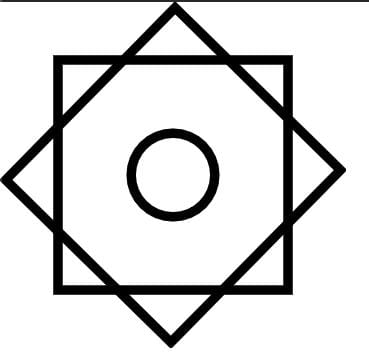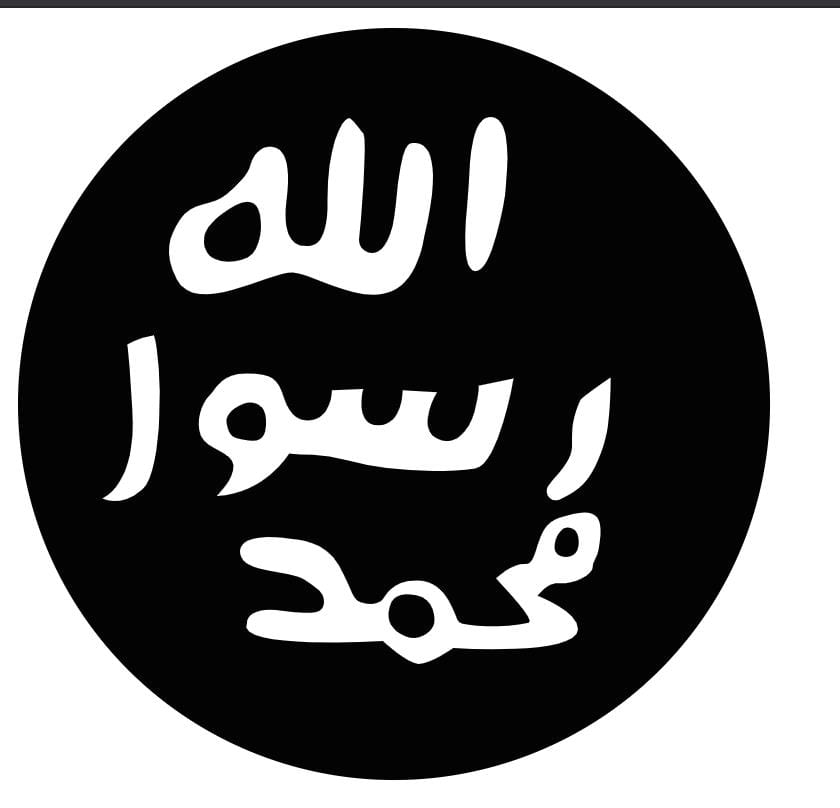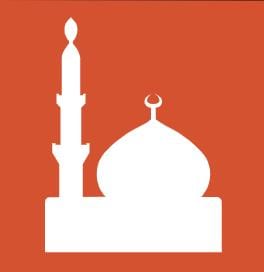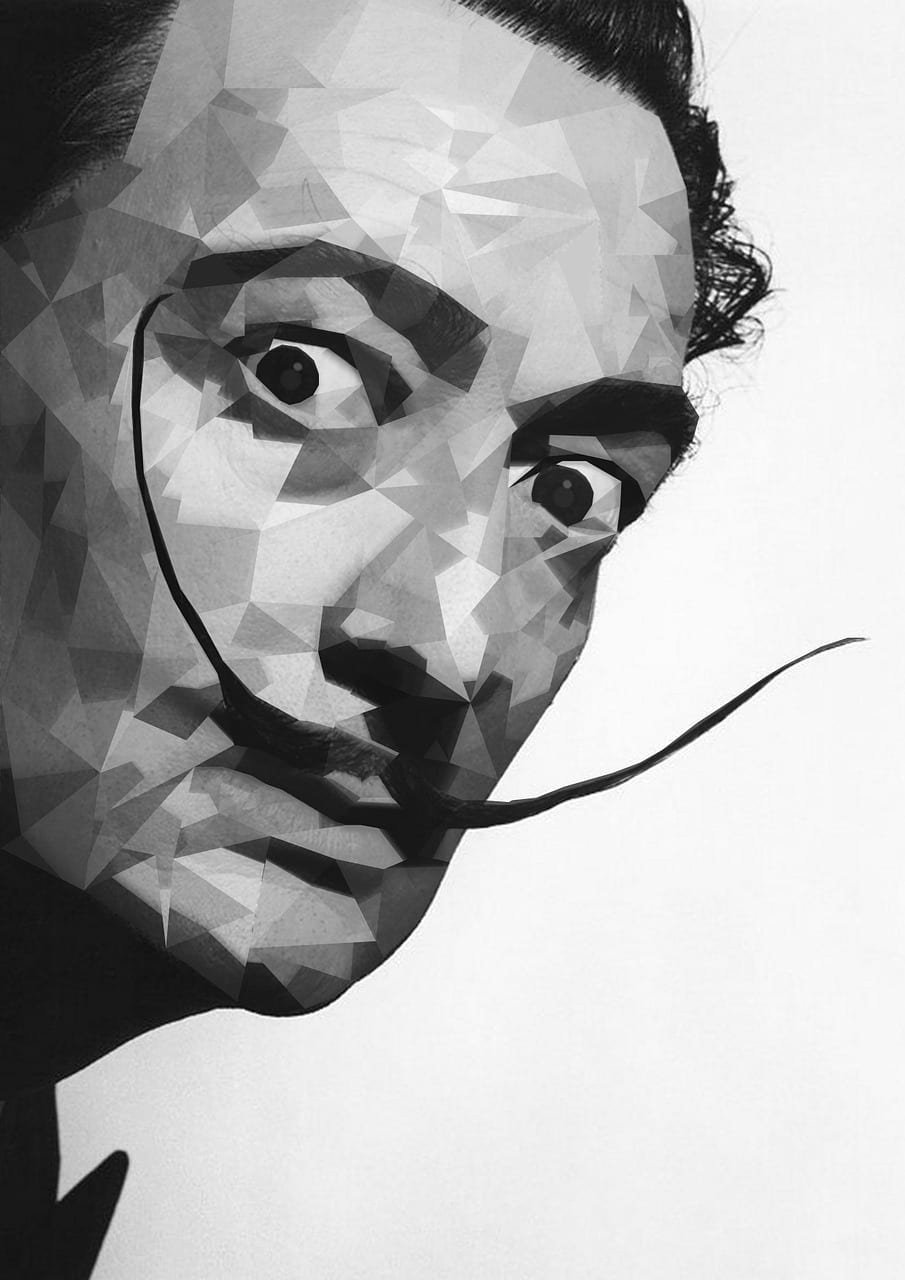
Image source – Pixabay
Islam is the second largest religion in the world with a monotheistic message (there is a single God, Allah). The followers of this religion believe that Prophet Mohammad is the chosen messenger of God who imparted divine revelations to mankind.
Islam does not have any official symbol but some symbols are strongly associated with the religion. Calligraphy, geometric designs and colors have played a significant role in communicating religious practices, beliefs and concepts. And these are now believed to be symbols of Islam as a result of centuries of cultural tradition.
5 Islamic symbols and their meanings:
1. Star and Crescent: A popular symbol that represent Islam is the Star and the Crescent. But many Historians are of the opinion that this symbol originated in the Ottoman Empire which predates Islam. As Islam spread to the Ottoman Empire who used this symbol on their flags, it gradually got associated with Islam as well. This symbol is also believed to be a symbol of Islam by extension.

Image source – Wikimedia
There are several interpretations of this symbol as different cultures adapted it.
- The symbol can be traced back to Sumerian iconography ( the crescent associated with Moon God – Sin and the star with the Mesopotamian god – Inanna)
- For some cultures, the Crescent signifies the nascent phase of moon and is supposed to usher in progress. The Star represents illumination with the light of knowledge.
- Some cultures believe that, the 5 pointed star represents the 5 Pillars of Islam which are intrinsic to Islamic faith. Also, the Crescent moon and star together symbolize greatness of the Supreme Power.
Islamic countries have adapted this symbol, as a general symbol of Islam. This symbol is used in flags and for various commercial purposes.
2. Rub el Hizb- The design represents two squares overlapping each other with a circle in the center. This symbol is usually found on flags and emblems.
Some historians believe that Rub el Hizb originated in Tartessos, a civilization that existed in Andalusia (a region in Spain). Islamic dynasties ruled this region for about 8 centuries and it had an eight-point star as its unofficial symbol.

Image source – Wikimedia
The Arabic meaning of the word “Rub” means, one- fourth while “Hizb” means a group or party. In the beginning, this symbol was used in Quran which was divided into 60 Hizb of roughly the same length. The symbol represents every quarter of Hizb, while Hizb becomes one and half Juz. The ultimate purpose of this division is to help in easy recitation of the Quran. The symbol is also used in Arabic calligraphy to mark the end of a chapter.
3. Seal of Muhammad- This Islamic symbol is also referred to as Khatam an-Nabiyyin and is used as a designation for Muhammad in Quran. The seal of Muhammad was the seal that Muhammad used to sign off letters sent to foreign dignitaries, and was reportedly on a ring of the prophet’s. It says “Muhammad prophet of God” in Arabic.

Image source – Wikimedia
Muslims interpret this symbol as Prophet Muhammad being the last messenger of God. This belief that Mohammad is the last of the prophets is followed by both the Sunni and the Shia sect.
The Seal of Muhammad is preserved by the Ottoman Sultans in the Topkapi Palace along with the other collections of sacred relics. It is believed to be an exact copy of a seal that Muhammad used on several letters sent to foreign dignitaries.
4. Mosque- Mosque is another prominent symbol of Islam. In Arabic it means “a place of prostration”. It’s a place where a Muslim offers prayer to Allah. Mosques have a unique architectural style. Some of the distinctive features of a mosque are, a dome which signifies Allah’s universe. Minaret, the tall tower which is used to call for prayer. Other than prayers, mosques are also used for marriages, Sufi celebrations, charity services etc.

Image source – Wikimedia
Some symbols used in the mosque’s architecture to highlight various aspects of the Islamic religion. For example, The “cosmic spiral” on minarets is a reference to heaven as infinite as it has “no beginning and no end”. Mosques often have floral motifs or images of fruit and vegetables referring to the paradise after death.
5. Colors- Some colors have an intrinsic relation with Islamic faith and over time have emerged as symbols of Islam.
Green: The color green has probably the strongest relation with Islam. Many Islamic countries like Saudi Arabia and Iran have green color featured on their national flag. Quran is often covered with green bindings and mosques are decorated with green as the dominant color.
Black: During the Islamic Caliphate period, it was thought that the coming of the messiah would be conveyed by a man holding a black banner. The Abbasids Caliphate chose the black color to represent themselves and fought with black banners to symbolize this.

Image source – Wikimedia
White: This is also a very popular color associated with Islam. The color which universally signifies purity and peace is worn by many Muslims for their Friday prayer. White is also worn by the Muslims when they perform sacred rites of the pilgrimage.
Red: While the color red is often also associated with Islam, it does not have much of a religious significance. Red was featured on Muslim battle standards, many Muslim countries have red on their national flags today. In most likelihood, the color red may also have been associated with Islam because in Muslim countries the International Red Cross since 1876 has used the red crescent symbol on its flags.
The four colors, green, black, white and red are the prominent colors found in the flags of most Arab states. These symbols and colors, even though never documented, have over time come to represent Islam and the followers of Islam. Many of these symbols are commonly found in Islamic art and architecture. These symbols also feature in restaurants, home decor and commercial places in many Muslim countries.

